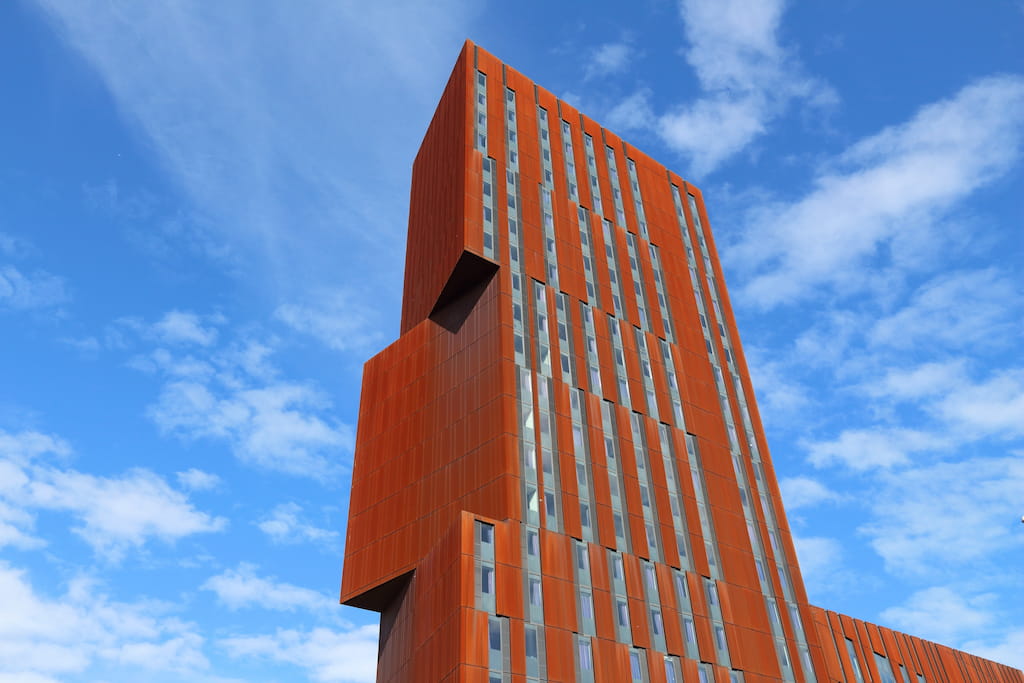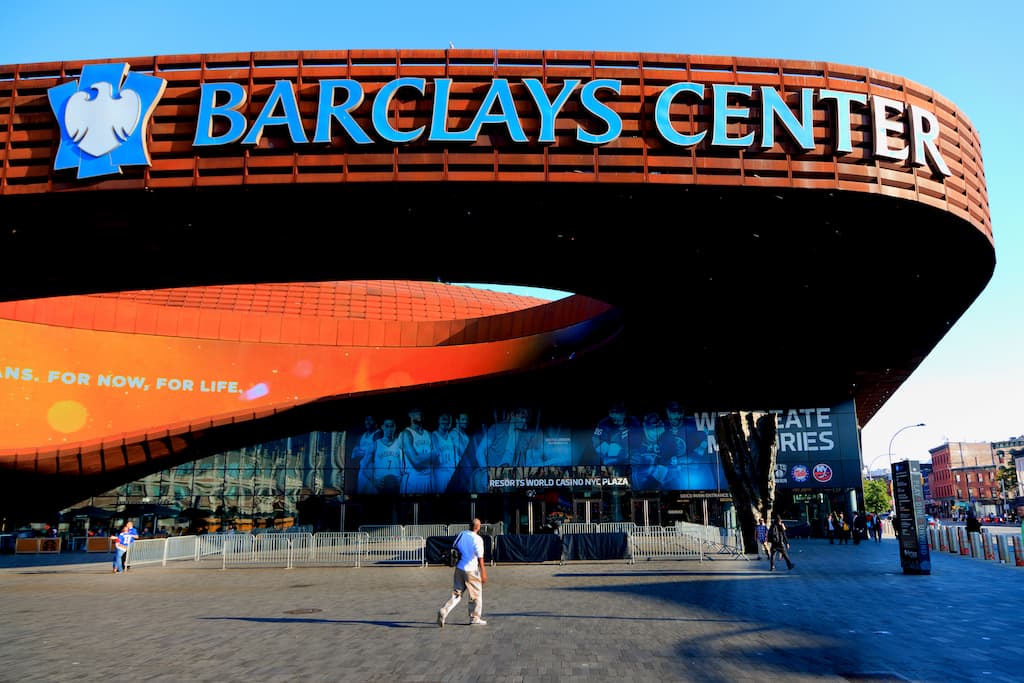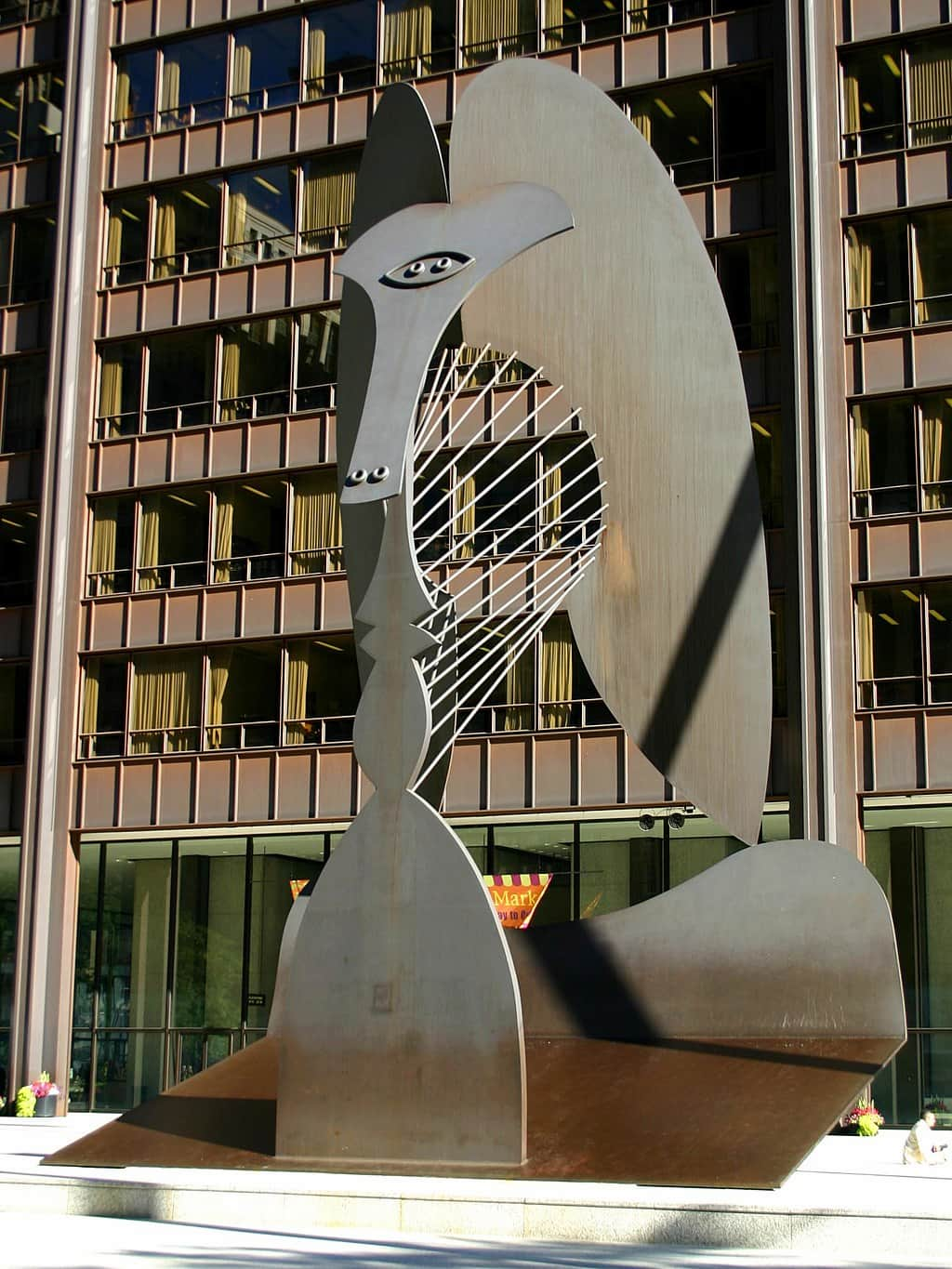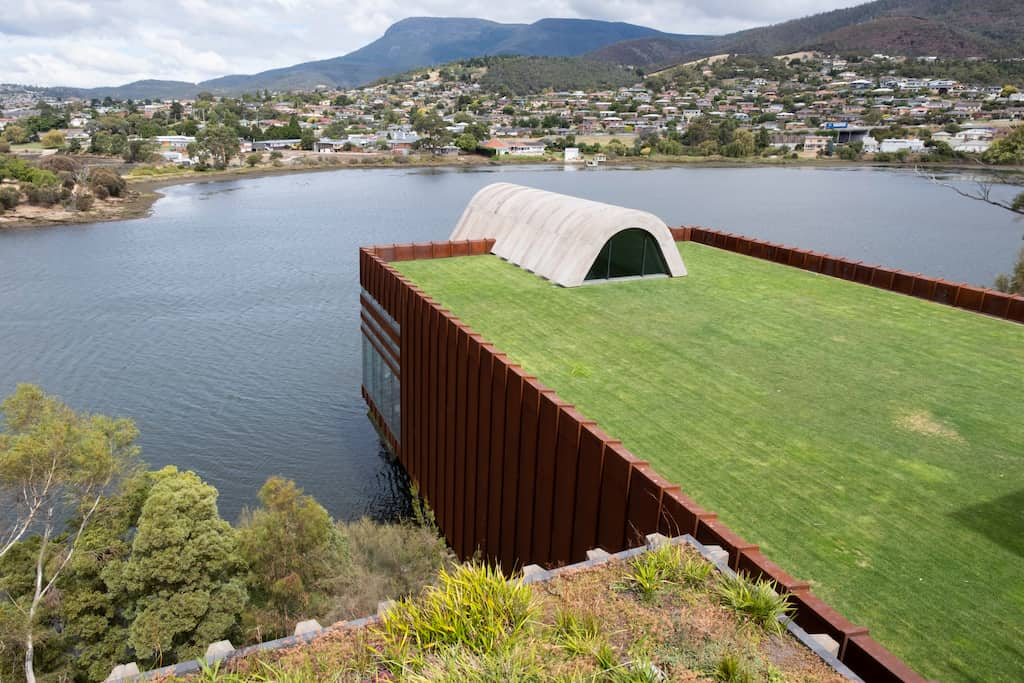Famous Corten Steel Landmarks and Monuments
Famous Corten Steel Landmarks and Monuments
Corten steel, celebrated in the world of architecture and design for its distinctive rusty patina and remarkable resilience, is a type of weathering steel that was developed in the United States in the 1930s. Known for its protective, weather-resistant nature, Corten steel has become a popular choice among modern architects and artists for its aesthetic appeal and the sense of durability it embodies. The ‘rusty’ appearance is not just an aesthetic feature; it forms a protective barrier against the elements, making this material particularly suitable for outdoor structures. In this article, we’ll embark on a journey around the globe, highlighting some of the most incredible landmarks and monuments crafted from this unique material.
Contents
The Angel of the North

Our first stop takes us to the northeast of England, where the colossal Angel of the North overlooks the town of Gateshead. Designed by the renowned British sculptor, Antony Gormley, this remarkable sculpture has been watching over the region since 1998. Crafted from Corten steel, the Angel of the North stands 20 meters tall with an impressive wingspan of 54 meters, making it larger than a Boeing 757 aeroplane.
This weathering steel giant is not just an aesthetic marvel. The use of Corten steel ensures its endurance against the sometimes harsh northern weather, allowing it to withstand wind speeds of over 100 miles per hour. It was designed to last for more than a century, symbolising the region’s transition from an industrial past to a promising future.
The rust-like patina of the Angel of the North, a characteristic feature of Corten steel, was part of Gormley’s initial vision for the sculpture. This appearance connects the sculpture to the industrial heritage of the region, while its modern design points towards the future. Today, the Angel of the North is not only an iconic landmark of Gateshead but also one of the most recognisable symbols of the UK, demonstrating the unique potential of Corten steel in crafting meaningful public art.
Broadcasting Tower

Moving south from the majestic Angel of the North, we arrive in Leeds, England, where the Broadcasting Tower stands as a testament to contemporary architectural innovation. Completed in 2009, this remarkable high-rise building sets a new standard for modern urban architecture.
Broadcasting Tower is a compelling blend of form and function, and its innovative use of Corten steel sets it apart. The building’s façade, clad entirely in this weather-resistant alloy, showcases an architectural symphony of rusted red and brown. This industrial-chic aesthetic creates a bold statement, allowing Broadcasting Tower to stand out amidst the classic brick and concrete buildings of Leeds.
The use of Corten steel offers more than visual appeal. Its resistance to weathering means the building requires minimal maintenance while retaining its characteristic appearance. The building’s remarkable design has not gone unnoticed in the architectural community. In 2010, Broadcasting Tower was awarded the title of Best Tall Building in the World by the Council on Tall Buildings and Urban Habitat (CTBUH).
This towering beacon of Corten steel serves as an inspiration for modern architecture. It’s a symbol of the innovative use of materials in the face of environmental challenges and a testament to how Corten Steel can create an iconic presence in an urban landscape.
The Barclays Centre

In the heart of Brooklyn, New York City, the Barclays Centre stands as a modern marvel. Since its opening in 2012, this multi-purpose indoor arena has been the go-to destination for top-tier entertainment, from basketball games to concerts.
One of the most striking features of the Barclays Centre is its bold facade, composed of 12,000 sheets of Corten steel. This rich, rusted aesthetic not only offers a touch of industrial charm but also mirrors the brownstone houses that characterize Brooklyn’s streets, creating a synergy between the arena and its urban environment.
Inside the arena, modern design and state-of-the-art facilities ensure an unparalleled experience, making it one of the premier entertainment venues in the country. However, it’s the Corten steel exterior that has truly captured the attention of architects and designers, positioning the Barclays Centre as a standout example of how traditional materials can be reimagined for modern contexts. Through its use of Corten steel, the Barclays Centre connects history and progress, creating an enduring icon in the heart of Brooklyn.
Chicago Picasso

Nestled in the heart of Chicago’s bustling Daley Plaza stands one of the city’s most iconic public artworks: the Chicago Picasso sculpture. This monumental creation, a gift from the legendary artist Pablo Picasso, has graced the plaza since its unveiling in 1967.
Rising to a height of 50 feet, the sculpture is crafted entirely from Corten steel. Its rusted appearance, so emblematic of Corten steel’s unique charm, complements the historic backdrop of the Windy City. While Picasso never provided an explicit narrative behind this abstract piece, its significance in the realm of public art is undeniable.
Over the years, this masterpiece has seamlessly woven itself into Chicago’s cultural tapestry. It’s more than just an artistic statement; the sculpture has become a beloved landmark and a shining example of the timeless appeal of Corten steel in both art and architectural design.
The Museum of Old and New Art (MONA)

For our final stop, we journey to the island of Tasmania, off Australia’s southern coast. Here, nestled against the Derwent River, the Museum of Old and New Art (MONA) offers a fascinating blend of history, culture, and cutting-edge design.
Constructed in 2011, MONA is not your traditional museum. Its structure is largely subterranean, carved into the sandstone cliffs of the riverbank. Upon this backdrop, Corten steel features prominently both in the interior and exterior, contributing to the museum’s distinctive and bold aesthetic.
The rusted hues of the Corten steel create a dramatic contrast with the rugged natural surroundings and the sleek, modern elements of the museum’s architecture. This balance of old and new, raw and refined, reflects the museum’s mission to challenge perceptions of art and culture.
With its avant-garde design and thoughtful use of materials, MONA provides an unforgettable visitor experience. It showcases how Corten steel can be used to create buildings that are not just functional and visually striking, but also deeply intertwined with their cultural and geographical context.
And that concludes our journey across the globe, exploring the compelling use of Corten steel in some of the world’s most remarkable landmarks and monuments. Each of these structures showcases the unique aesthetic and practical benefits of corten steel, illustrating its enduring appeal in modern architecture and design.
